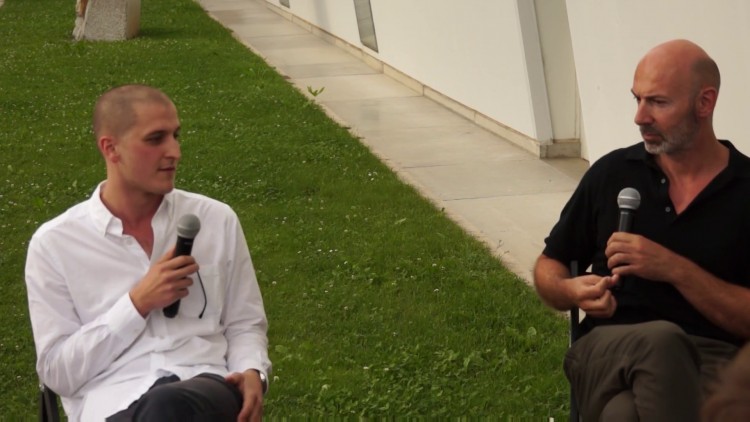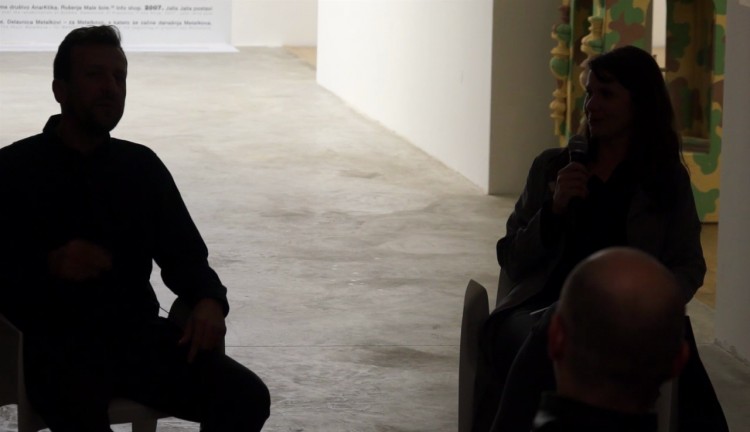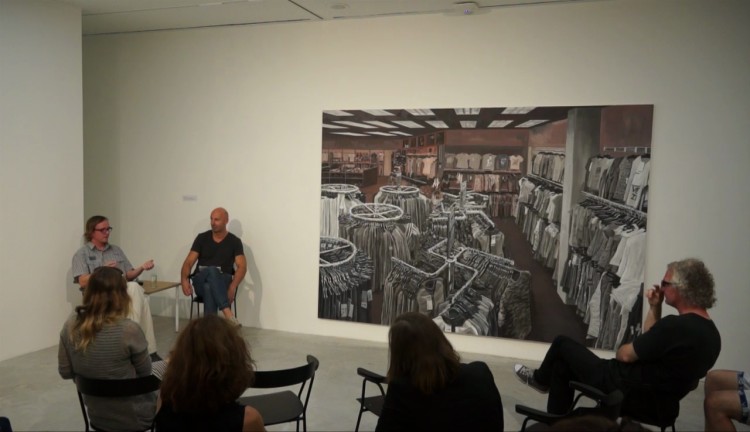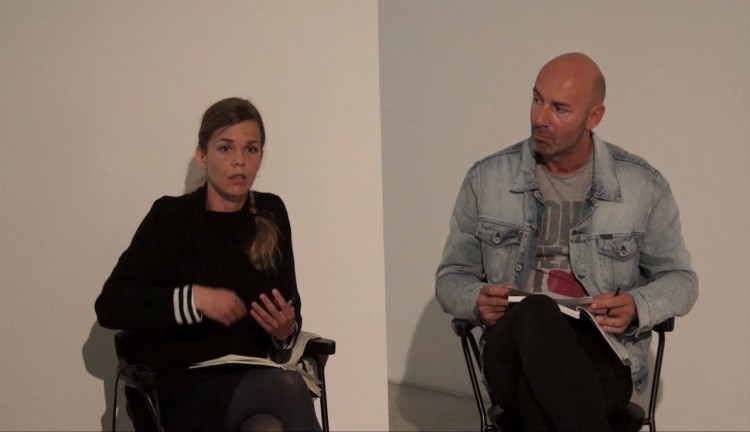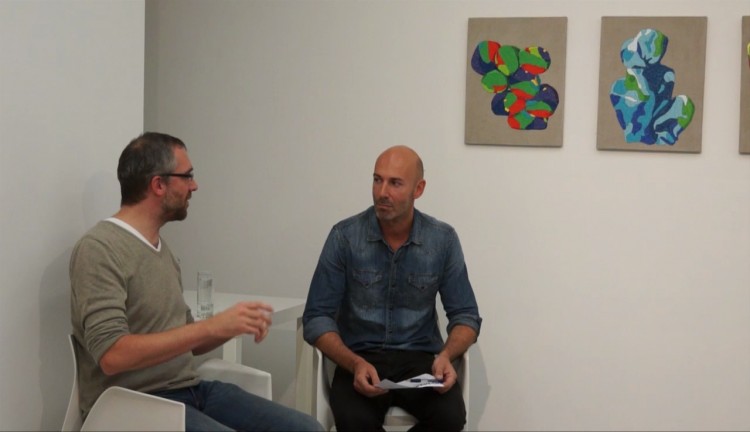Nika Ham’s creative practice presents the special relation between her artistic work and her “day job”. Her creative impulse stems from her specific situation as a young artist working part-time as a museum attendant at the Museum of Modern Art in Ljubljana. The resulting juxtaposition of and overlapping between her workplace and working hours on the one hand, and her creative production on the other, calls to mind the analysis of artists’ material conditions of production and alternative production as described by Bojana Kunst in her volume Artist at Work.
Ham’s workplace becomes inextricably and reflexively linked with her artistic production, but the boundary between the two, though hazy, does not disappear. On the contrary, the artist reaffirms it by mutually excluding her two roles: of a museum attendant and of a performer carrying out her actions in the museum’s exhibition spaces. Assuming the two roles she becomes two diametrically opposite characters: there’s the Nika who watches the security cameras to spot any aberrant behavior by museum visitors, and then there’s the Nika whose actions in the exhibition spaces would get her escorted off the premises were she a visitor and were to be spotted by a museum attendant. As she says: “When there’s no one in a space, I claim it for myself, I introduce a new logic of moving about it and of watching with my entire body, I enact visual compositions and outline architecture.” Rather than strolling around calmly and urbanely as visitors are supposed to, she pushes the boundaries, provocatively rolling around the floor, sprinting, jumping, climbing into a cardboard box, lighting up a cigarette, bringing a dog in, toying with the artifacts, pretending to destroy them.
Ham documents her work with the museum security cameras, which in this way become the connecting element between her two positions of a museum employee and an artist, and the key point that is common to both. The crucial difference that occurs is that the object surveilled with the security camera becomes a subject in the process of documenting the action. By the same token, the security footage, which generally remains invisible and is only viewed in case of suspicious circumstances or if the alarm is triggered, is in this process transformed into an art medium. Using the security cameras to film her actions, the artist further expresses a certain fondness for this medium, since she welcomes precisely those aspects that are considered its shortcomings or failings: the rawness of the footage, the static camera angles, the poor resolution and strange lighting.
The work Nika Ham presents here is entitled Video Spot. It is done in collaboration with the renowned American musician Alicia Enstrom. Unlike Ham’s previous project Squat, where she disseminated short videos of subversive actions of appropriating public space through social media, this work is structured like a story with a beginning and an end. The short scenes, edited into the form of a music video clip, seem to lose the humorous dimension otherwise typical of the artist, letting a sense of melancholy to creep in. Although Ham still brings us face to face with small defiant acts of subversion that she performs with her body, she appears at times like a phantom in the empty museum spaces. The whole presents a rather personal narrative, underscored by the looped video, the layered images, and the deformation of the video format.


